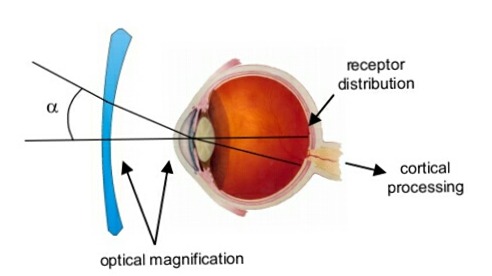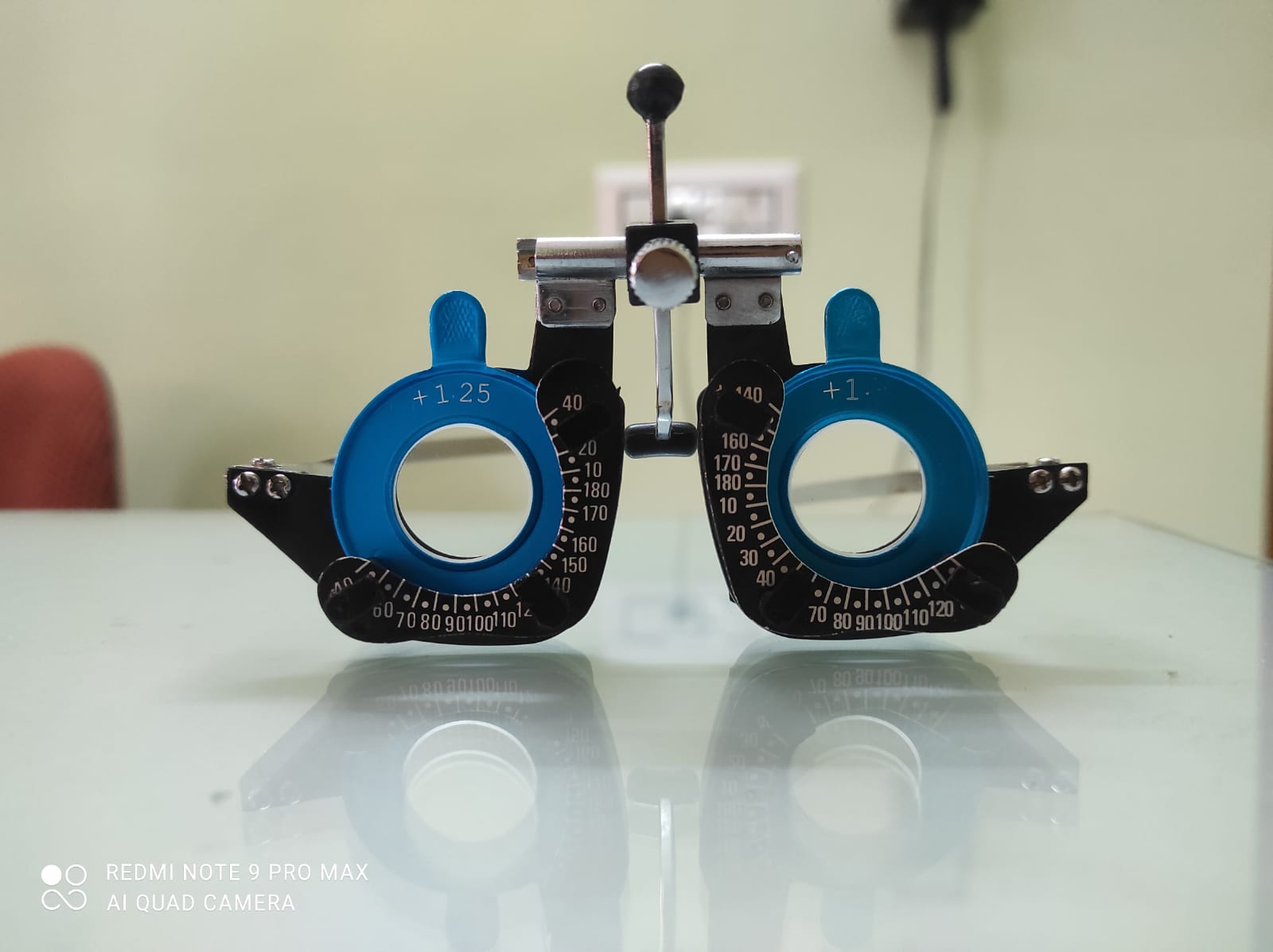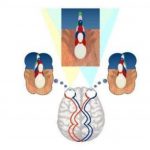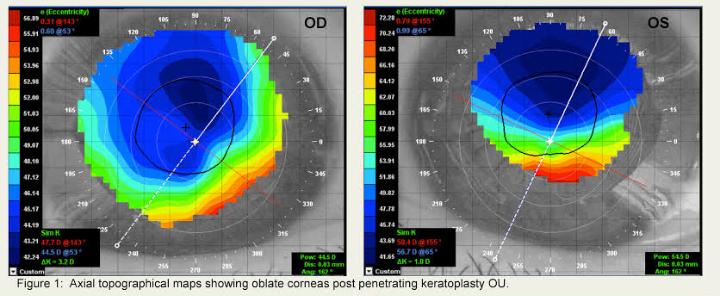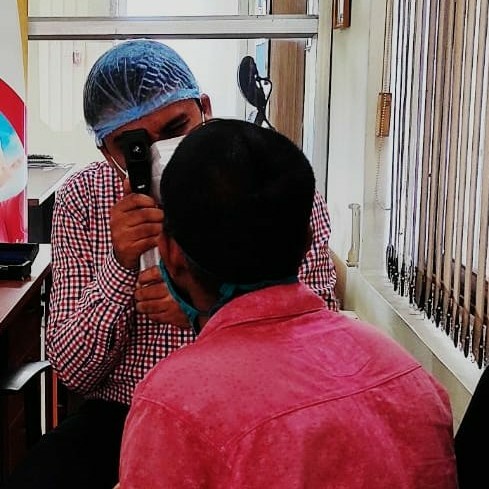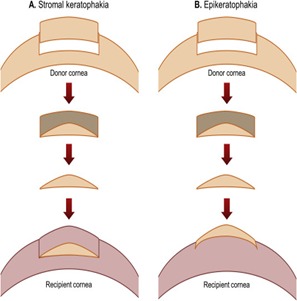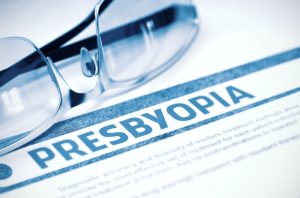INTRODUCTION OF ANISEIKONIA: Aniseikonia usually means unequal image.
The word ” Aniseikonia ” comes from the Greek morphology. “A” means Not + “iso” means equal + “konia” means image. Aniseikonia is a binocular optical defect. It is a condition in which the projected images from retina are unequal in size and shape. Up to 5% aniseikonia between the eyes is usually tolerated.
Aniseikonia is the result of differences in optical components, axial length of the eyes, distribution of neural element or a combination of these factors.
SYMPTOMS OF ANISEIKONIA:
ASTHENOPIC SYMPTOMS:
◼️ BINOCULAR VISION: Disturbance of binocular vision occurs if the difference between the images of the two eyes exceeds 5%. A difference lower than this can be compensated. The disturbance of binocular function adopts the form of suppression in one eye at an early age if binocular vision has not already developed otherwise it may extend into diplopia.
◼️ DISTURBANCES IN DEPTH PERCEPTION: Spatial disorientations or disturbance in depth perception happen due to disturbance of the normal variance of image that created for Aniseikonia. The horizontal disparities are the basic for the stereoscopic perception of depth. The disturbance in depth perception occurs when the horizontal meridian is truly involved. The stereoscopic visual functions has the ability to adapt itself to considerable incongruity. The disturbance of stereoscopic vision in aniseikonia is rare. In general disturbance of spatial orientation may occur in this way –
* Objects in the right half of the field appear larger and farther away than objects of the same size and at the same distance in the left right.
* A flat surface such as a table slants down on the right and up on the left.
* While walking, the ground appears tilled and the patient may feel as if he or she is walking on hill.
* Squares appears as rectangle, circles as ellipses and table tops as trapezoid.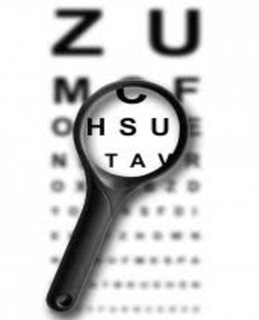
ETIOLOGY OF ANISEIKONIA:
◼ Optical Aniseikonia
◼️ Retinal Aniseikonia
◼️ Cortical Aniseikonia
OPTICAL ANISEIKONIA: Aniseikonia is associated with Anisometropia. So Optical aniseikonia may happen due to inherent or accquired anisometropia of high degree.
◽ Inherent: It may occur due to defects in the dioptric system of the eye and usually related to high degree Anisometropia.
◽ Accquired: It depends on the correcting lens worn, the difference in powers, position, thickness and form.
◽ If one eye is simply larger than the other without a refractive error difference then it may call Isometropic Aniseikonia. This type of condition is rare.
◽ In uncorrected axial ametropia , the image formed in the longer eye is larger, because the retina is farther from the optical components or from the secondary nodal point.
* Treatment: Optical aniseikonia can be contacted by aniseikonic glasses, contact lenses or intraocular lenses or any other refractive surgery that depends on the situation.
◼️ RETINAL ANISEIKONIA: This may occur due to displacement of retinal elements towards nodal point in one eye. However, aniseikonia is being associated with different retinal condition that’s why retinal receptor distribution seems to be change.
◽ Due to Stretching, compression or damage of the retina the photoreceptors are displaced and respectively creating larger image or smaller image. If this happens in one eye and not in the other eye, then the binocular vision results in aniseikonia with such symptoms as in headache, reading difficulties, depth perception problems, asthenopia or double vision.
◽ Retinal detachment, retinal tears, retinoschisis, macular edema, macular hole or epiretinal membranes can causes retinal aniseikonia.
* Treatment: Retinal aniseikonia may be corrected by treating the retinal cause which creates the aniseikonia.
◼️ CORTICAL ANISEIKONIA: The asymmetrical simultaneous perception inspite of equal size of imaged formed on the retina.
* Treatment: However cortical aniseikonia is very difficult to treat.
Vision is what your eyes produce, for this you can explore the beauty of the world. So, it’s very important to take care of your sight. Eat healthy, stay safe and get regular check up of your eye, for your vision.

